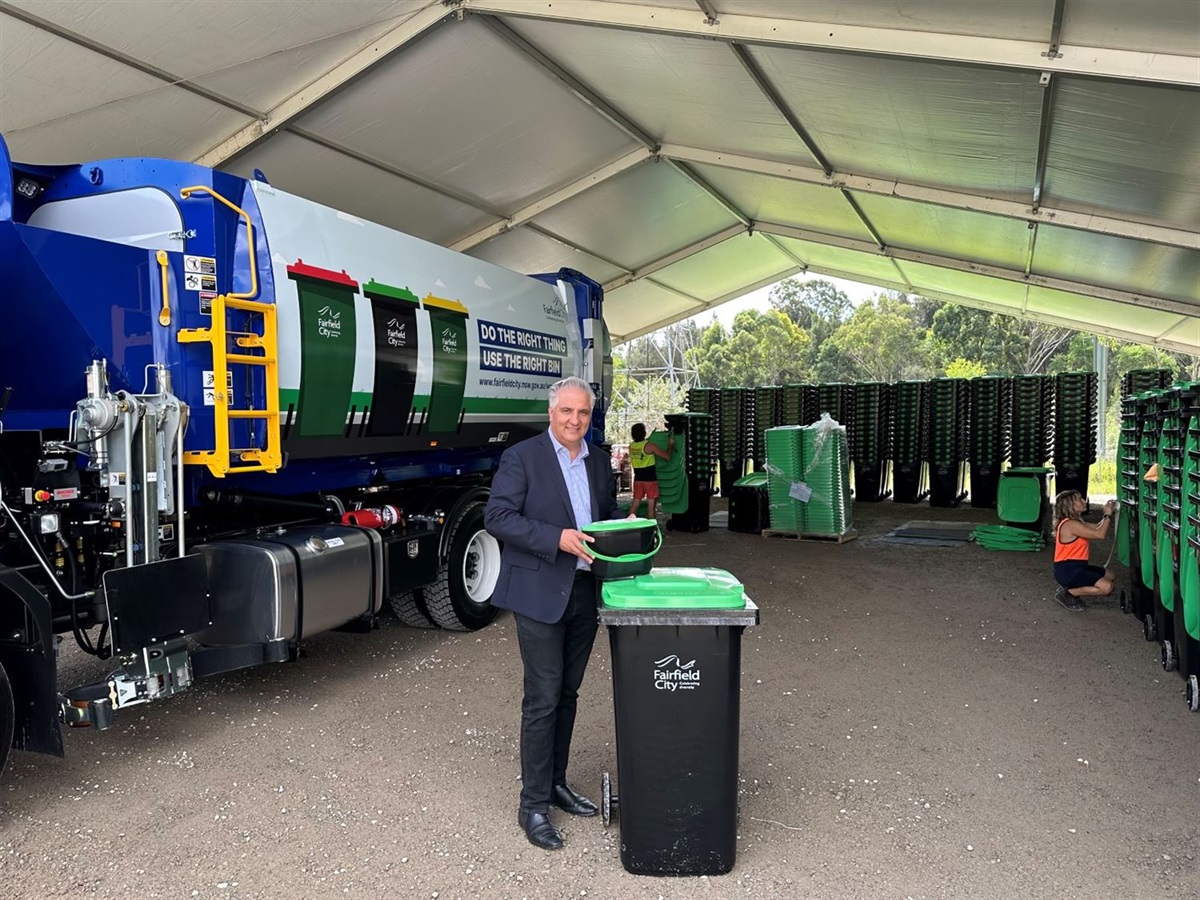George Weston Foods, trading as Tip Top Bakeries, was sentenced in the Dandenong Magistrates’ Court on 11 June after pleading guilty to a charge of failing to provide a safe workplace by failing to provide an auxiliary control to eliminate or reduce the risk to workers undertaking maintenance while a machine is operated.
The company was also ordered to pay costs of $3847.
The court heard that on 4 January 2019, the worker crawled under a conveyor in a large warming chamber used to prove dough to clear a blockage.
Another worker was at the control panel. He was unable to see inside the chamber and was communicating via radio with a third worker acting as “spotter”.
The court heard the console operator asked the spotter if they should “inch” the conveyor back and forth to help clear the jam. The operator misheard the response and started the machine, crushing the maintenance worker.
The worker was trapped for 30 minutes and suffered internal bruising, minor scarring and lower back pain.
WorkSafe’s investigation found there was a risk of contact with moving parts during maintenance works and that it was reasonably practicable for the company to have installed a secondary control panel.
WorkSafe Executive Director of Health and Safety Julie Nielsen said the incident highlighted the dangers of workers coming into contact with moving parts.
“This worker has suffered a traumatic incident that could have been avoided with the simple step of fitting an auxiliary control panel,” Ms Nielsen said.
“If there is a need for plant to operate during maintenance or cleaning, then it is vital to eliminate or reduce the risks, which includes ensuring there is a control panel that allows only the worker undertaking maintenance to operate the machine.”
To manage risks when working with machinery employers should:
• Identify hazards, assess the risks associated with them and eliminate or control those risks by isolating them or using an alternative.
• Train staff in the safe operation of machines and equipment and provide written procedures in the worker’s first language.
• Develop and implement safe operating procedures in consultation with employees and health and safety representatives.
• Ensure safety guards and gates are compliant and fixed to machines at all times.
• Regularly service and inspect machines and equipment.
• Place signs on or near a machine to alert employees of the dangers of operating it.







